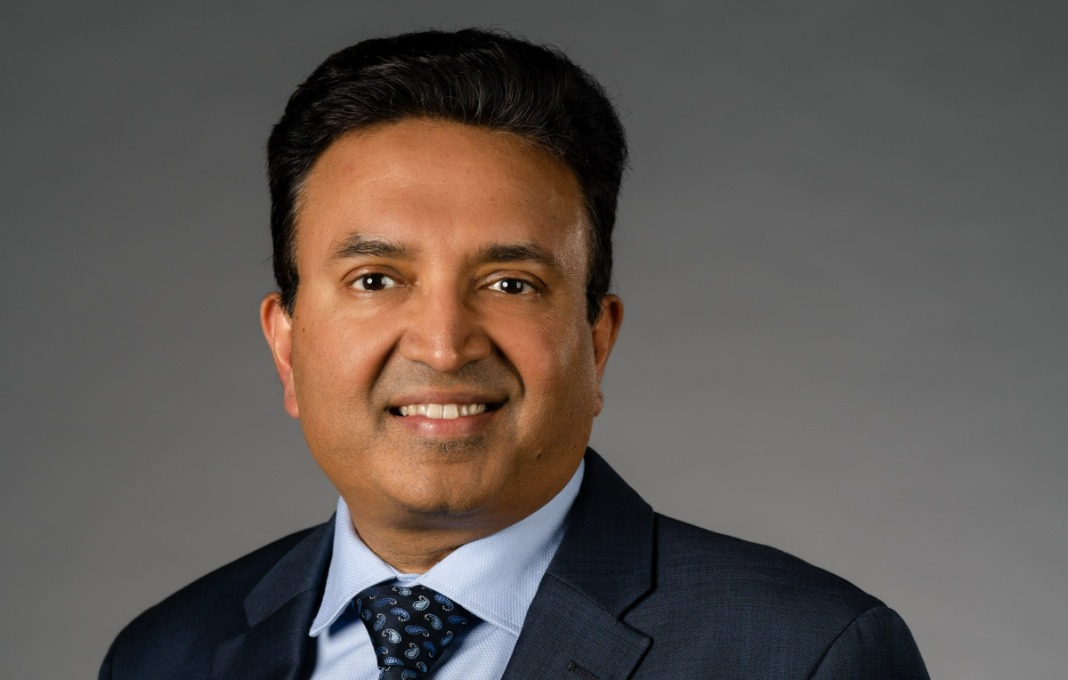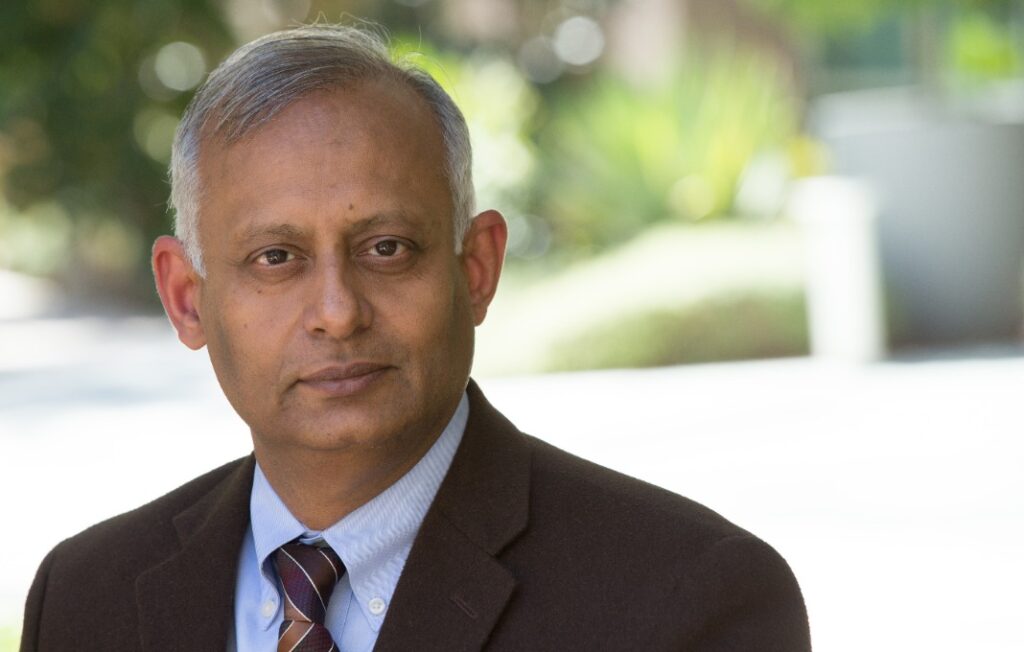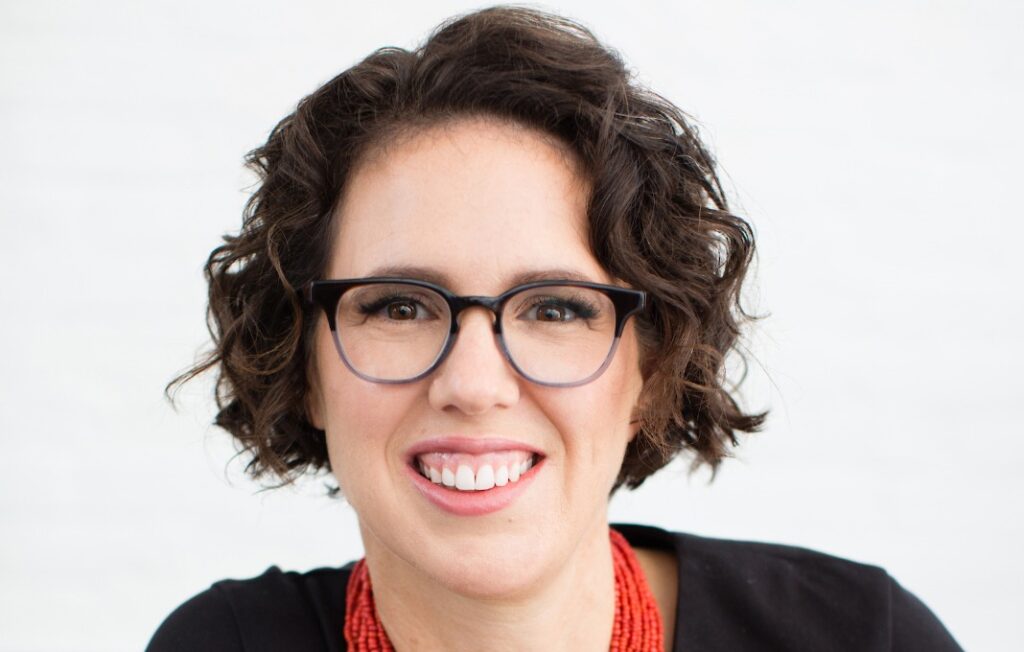Like all tech leaders, Vishal Gupta has his share of challenges as the global CIO, CTO and senior vice president, connected technology at Lexmark, a Lexington, Kentucky-based provider of enterprise software, print hardware and managed print services.
But he also sees tremendous opportunity ahead. Gupta spoke with StrategicCIO360 about his experiences with the latest tech trends, how he’s handling any hurdles and how he’s approaching AI.
What are some of the biggest challenges you face in your role as CIO, and how do you address them?
The big challenges that I face as a CIO are around how to continue to fuel transformation and prepare talent to drive that transformation. To fuel the transformation, I have to keep up with the pace of technology innovation and ensure that our solutions remain relevant and competitive in an ever-changing market and create a competitive advantage for Lexmark. To address this, my focus is on fostering a culture of innovation and continuous improvement within my team, as well as partnering with leading technology vendors and industry experts to keep updated on the latest trends.
Another one would be managing the complexity of our technology ecosystem, which includes a wide range of legacy and modern systems. I have focused on building a strong and talented technology team with deep expertise in areas like cloud, data, IoT, AI and security. I have also focused on implementing effective processes like scaled agile framework, or SAFE, and governance structures such as a data governance and digital transformation steering team to ensure seamless integration and alignment across our technology landscape.
What advice do you have for other CIOs who are looking to drive innovation within their organizations?
Focus on building a culture of experimentation within your organization. Encourage your team to try new things. And don’t forget to offer the necessary resources and support to facilitate innovation. It is important to provide a structured event to support idea generation and prototyping and at Lexmark, we have been doing that for many years and call it Focus to Future, or F2F, and we have been encouraging broad participation.
It is critical to prioritize collaboration and cross-functional teamwork, as innovation often requires input and expertise from multiple stakeholders across the organization. To aid perspective from outside, we launched a customer advisory board about 18 months back and that has given us a wonderful forum to both learn from and share with. We need to remain agile in the face of changing market conditions and customer wants. Thus, we must constantly seek feedback and insights to inform our innovation strategy.
How do you balance the need for innovation with the need for security and data privacy?
Balancing the need for innovation with the need for security and data privacy is a critical challenge for CIOs today. At Lexmark, we approach this challenge by embedding security and privacy considerations into every aspect of our technology development process, from ideation to delivery. We’ve implemented secure software development lifecycle, or SSDL, to cement that.
We have strong data protection and privacy policies, regularly assessing and mitigating risks, and providing ongoing training and education to our employees to ensure they understand and comply with our security and privacy standards. We also leverage leading security technologies and best practices to proactively detect and respond to threats, and work closely with our customers to ensure their data is protected and secure at all times.
What are some of the most exciting technology trends you see on the horizon, and how do you think they will impact businesses in the coming years?
Some of the most exciting things I see include artificial intelligence, machine learning and the Internet of Things. These technologies have the potential to revolutionize the way businesses operate—enabling new levels of efficiency, automation and customer engagement.
For example, AI and machine learning can help businesses better understand and predict customer behavior. Meanwhile, IoT devices allow them to gather valuable data insights and enable new service offerings. Undoubtedly, these technologies will play an increasingly outsize role in driving innovation and growth across a wide range of industries in the very near future.
I also believe generative AI has a massive potential to transform both products and processes and at Lexmark we have launched a comprehensive program called Basecamp to enable our business units to identify and implement use cases where generative AI can create an opportunity for us.








